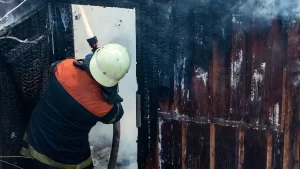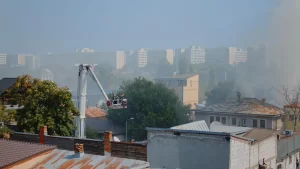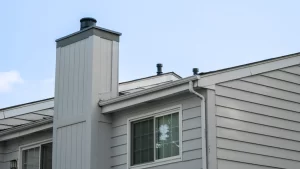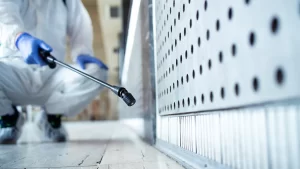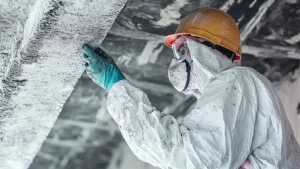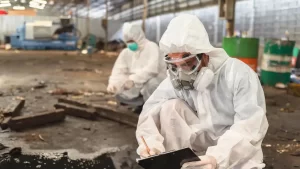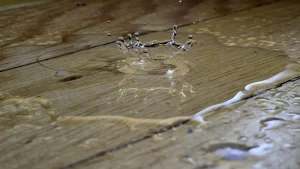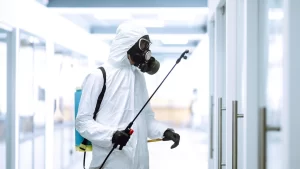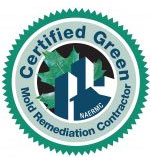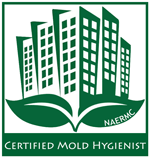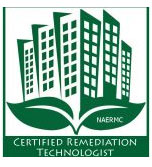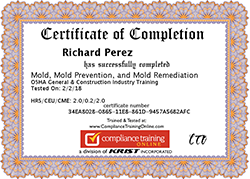Asbestos is a group of highly fibrous materials found naturally in rock and soil and identified by long, thin mineral fibers. Asbestos is a component of some building materials due to properties like
- It’s light and strong.
- It’s nearly indestructible, resistant to heat and chemicals, and has a high melting point (1600°F).
- It’s cheap.
Unfortunately, asbestos is very dangerous and toxic.
Dangers of Asbestos
The asbestos in homes and buildings is classified into two categories: friable and non-friable. Since asbestos materials are only hazardous when the friable become airborne when disturbed, When it is airborne, asbestos has the potential to cause lung disease and lung cancer. Non-friable asbestos is not an immediate hazard. However, non-friable asbestos can become friable when subjected to some unusual conditions, such as demolition or renovation. If you suspect that your home contains friable asbestos-containing material, then consider contacting an asbestos inspector for site inspection.
When Do You Need an Inspection?
Any time when you are remodeling, demolishing, repairing a building or home, or otherwise disturbing materials that may contain asbestos, an asbestos inspection is required. The purpose of this inspection is to determine if ACM is present on or in a structure by obtaining representative samples of suspect material for laboratory analysis, because any building materials that may contain asbestos may be carcinogenic.
Unfortunately, building owners and contractors are often unaware of the need for asbestos inspections, they must follow strict regulations when performing asbestos abatement to ensure that asbestos is not dispersed outside the work area. Asbestos inspections can take anywhere from a couple of hours on a small bridge to several days on a large building.
The U.S. has banned the use of asbestos in products that have not historically contained the materials, but asbestos-containing products can even be found in some new construction products, like roofing felt, cement shingles, and vinyl floor tiles. Common asbestos-containing building materials (ACBMs) found in older buildings include flooring and other finishes, insulation material, fireproofing, roofing products, wall and ceiling materials, and adhesives.
What is Asbestos Abatement?
The process of removing or mitigating the effects caused by asbestos is called asbestos abatement. The first step is to inspect the suspect material for asbestos and determine the level of hazard associated with it. Asbestos abatement does not always necessitate asbestos removal because, when asbestos is intact or undisturbed, it can often be kept in place with minimal risk of exposure.
While carrying out asbestos removal works, California Certified will restrict the fiber release to an absolute minimum within the sealed working area to enable the area to be returned to normal on completion or to enable building or refurbishment works to continue without risk to health from asbestos fibers. It’s crucial to employ experienced professionals to avoid harm to workers or anyone else occupying the building.
To get started, please contact California Certified. Our team includes licensed and accredited asbestos-containing material (ACM) inspectors. Our qualified team can perform building surveys and material sampling in accordance with all applicable standards and guidelines. Afterward, they will quantify the extent and condition of asbestos-containing material for abatement considerations.

